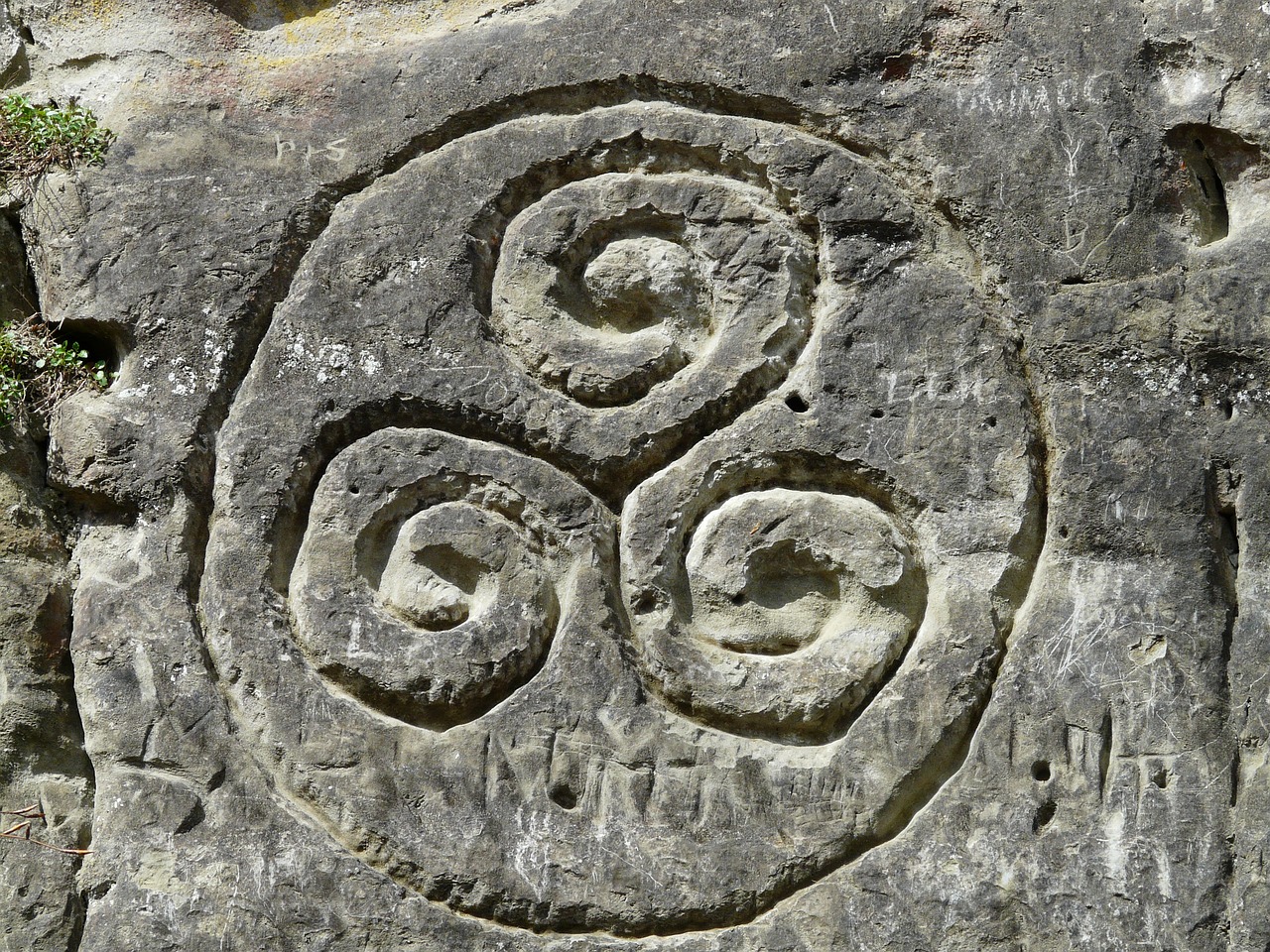The contributions of the Romans to the world are multifaceted, showcasing remarkable advancements in architecture, engineering, governance, and law. However, their legacy is also marked by a history of cultural erasure. The Romans had a tendency to assimilate cultures and traditions, shaping them in such a way that they eventually became unrecognizable. In historical terms, Rome serves as a considerable homogenizing force; if one were to compare it to a color, it would likely be a dull beige.
This overwhelming influence is particularly evident in cultures that relied heavily on oral tradition, such as the Celts. spirituality and religion were central to the daily lives of the Celtic tribes. Their customs and practices, while distinct among groups, were united by a shared mythology. The druids, who served as religious leaders, were pivotal in this cultural framework. These individuals devoted their lives to mastering the rituals and stories associated with the worship of their deities and played crucial roles in legal arbitration within their communities. Despite their diversity, the Celtic tribes held a respectful view of the druids—a recognition of their importance, even if an agreement on trivial matters was often elusive.
The Celtic myths and beliefs existed solely in oral form, passed down through generations by the druids. When the Romans invaded, they decimated the druids and imposed their own order, leading to the near total obliteration of the Celtic belief system.
One might question why the Celts, despite their literacy, did not document their religious beliefs. A plausible explanation could be that, similar to historical practices regarding the Bible, maintaining control of religious interpretation was reserved for a select few—there was a fear of laypersons misinterpreting divine will.
The records that do exist about the Celts come primarily from Roman sources, which often portray a biased perspective. The Romans classified anyone outside their culture as barbaric, and their writings rarely engaged in detailed anthropological observations unless to further their subjugation of these peoples. They often sought parallels between their deities and those of the cultures they conquered. This syncretism was particularly evident in places like Bath, where the Roman goddess Minerva was combined with the Celtic goddess Sulis, leading to a shared temple dedicated to both.
In this context, we can turn our attention to Camulos (or Camulus). This deity, considered possibly a god of war, was associated with Mars by the Romans, who retrospectively linked him to Ares from the Hellenistic tradition. Evidence of Camulos can be found on a handful of coins minted in Gaul during the Roman Empire, and it is believed that Camulodunum (modern-day Colchester) is named in his honor, translating to “Fort of Camulos.”
This analogy poses a challenge, as few cultures, including the Greeks and Romans, identified a singular “God of War.” Ares represented war, but many pantheistic societies fragmented their war deities into various roles: Ares symbolized its horror, while Athena exemplified strategy and honor in battle. There are even arguments suggesting that Aphrodite was a war goddess when one considers her early origins and her connections to themes of conflict in mythology. This raises questions about the Roman interpretations—did they merely see a common trait in war deities, or did they uncover deeper connections?
Moreover, the Celts were a militantly inclined culture, as understood through Roman narratives, which might have exaggerated their martial capabilities following several military defeats at their hands. Yet, assuming they were a combat-oriented society, it’s conceivable they venerated multiple war deities to reflect different facets of conflict. The Celtic goddess Andraste might have served as a virtuous counterpoint to Camulos’s more savage reputation.
Camulos received worship particularly from the Remi tribe on the continent. Roman accounts present him as a guardian figure, embodying protection, which starkly contrasts with Mars’s tendency toward chaos and aggressive combat. This raises further questions about the dual roles assigned to deities during this syncretic cultural exchange.
Enter the iconography associated with Camulos. Coins depict him with stag horns or alongside a boar, which could imply connections to hunting rather than warfare—an odd pairing indeed for a war deity. This leads to speculation about the true nature of Camulos, and whether we ought to analyze him with contemporary sensibilities or view these images and inscriptions within their historical context.
Archaeological findings provide some insight into Camulos’s potential attributes. An altar discovered at Bar Hill near Cambridge, though damaged, bore an inscription referencing the god’s name along with a military cohort. The remaining writings likely spoke of fulfilling vows to this deity, hinting at martial reverence.
In my research into Camulos, I anticipated encountering extensive descriptions, artwork, and detailed accounts, yet the evidence remains scant—primarily focused on a handful of Latin inscriptions, a few ambiguous coins, and a brief mention by Julius Caesar. Thus, constructing a narrative concerning him has proven challenging, often seeming to hinge on a small collection of tenuous connections.
A few insightful resources I encountered during my exploration include:
- British Museum Virtual Gallery: An innovative application of Google Street View that allowed me to navigate various exhibits, particularly Room 50, where I gleaned valuable knowledge about Celtic history.
- Roman Inscriptions in Britain: A database cataloging inscriptions from the Roman period in Britain, facilitating my understanding of the era.
In conclusion, Camulos remains a nebulous figure, ensmired in limited evidence and Roman interpretation.



